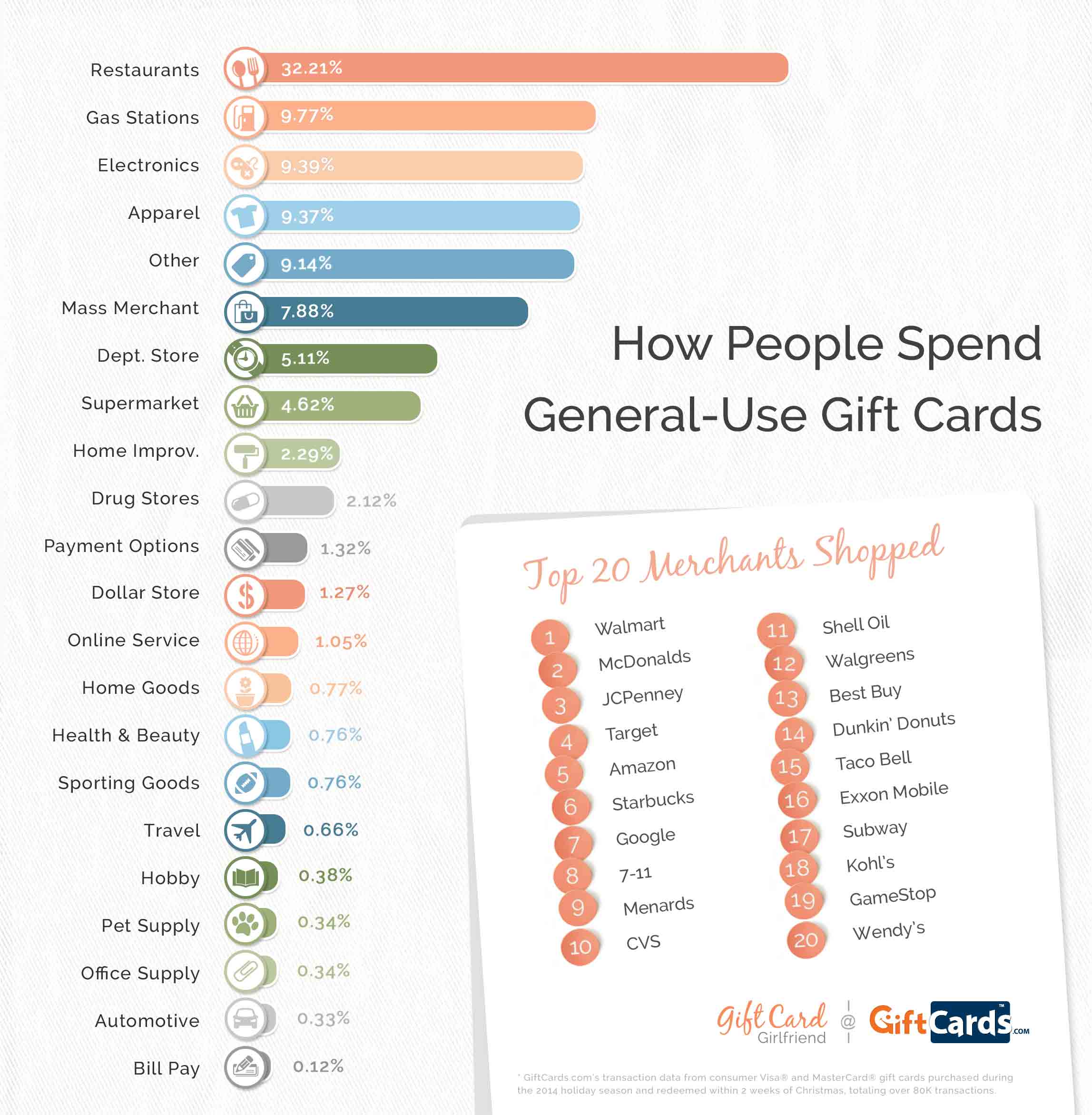Personalized glass products can share a feeling of class, sophistication and brand identity. Font option plays a crucial function in establishing the tone of an inscription, particularly when creating company gifts or landmark events.
Modern sans-serif font styles offer a well balanced aesthetic for engravings that share development or forward-thinking brand name identifications. Try pairing them with timeless serifs to bring an extra creative style to your styles.
1. Flared or Streaming Details
Etching on glass supplies a variety of style choices. For rounded objects, such as bottles or containers, using a rotating accessory enables constant and even engraving throughout the surface area. Inscribing from the within the glass allows a much more subtle, ornamental look or even a full-color paint fill.
Playful typefaces evoke power and personal appeal, making them excellent for brand names that intend to stick out and resonate with audiences. The overlapping, interlacing and weaving of letterforms develop a feeling of motion or depth in typography that records the target market's interest and intrigue.
Clarity is a crucial element to consider when choosing a typeface for glass inscription. Choosing the right dimension, weight and spacing enables easy reading at any kind of angle or distance. Font style also contributes, with script and decorative typefaces using a formal or elegant look, while handwritten typefaces provide a more individual touch. Variable font styles enable developers to integrate a variety of designs and weights in a single file, which helps keep consistency and ensures that the message or graphics are still readable.
2. Warped or Altered Type
Embedding altered text within a design is a reliable method to add personality and make the design attract attention. This style has become particularly prominent for logo designs and short taglines, as it emits a feeling of personality while likewise showing up modern and one-of-a-kind.
Glass distortion is a common trouble that can occur during manufacturing, handling or installation of rounded glass panels. It can be brought on by the flat panel being rolled right into a bent shape, bending the glass while warming it or throughout installation.
One method to minimize the occurrence of glass distortion is by using a top notch curved laser etching maker with a rotary accessory. This approach allows you to trace the surface area of the bent panel with a pen and then determine the distortion. Later on, you can utilize this details to establish suitable resistances for the bent panel. This process is time consuming, however, and would certainly be extra reliable if it could be automated.
3. Kicked back Typography
As homes and offices shift towards minimal aesthetic appeals, etched glass offers a sophisticated alternative for including texture to a room. Its subtle charm is best for a modern-day interior decoration and complements the most recent glass manufacturing patterns.
Utilizing CNC laser modern technology, detailed patterns can be inscribed into glass surfaces, with styles ranging from geometric to organic. This flexibility enables designers to produce special, creative job and deal with a variety of applications.
Unlike various other attractive products, personalized glass is distinctive and interacts with light to transform the ambiance of a room. This particular draws in a niche market of collection agencies and boosts glasses to the condition of art. The worldwide glass etching market is growing because of the increasing demand for customized gifts and bespoke architectural elements. Technical innovations and the surge of on-line industries are likewise driving market growth. However, the high initial financial investment prices of innovative glass etching makers limit market penetration.
4. Unintelligible Kind
Personalized glass is a stunning and practical form of art that evokes a classy feeling. From etching the couple's names on wedding sparkling wine glasses to developing business awards, engraving glass is a popular and functional method to create an unique item for personal or commercial usage.
Glass inscription is generally done by using among a number of techniques, including sandblasting, acid etching, and laser engraving. Sandblasting is commonly made use of for high-volume production, stabilizing cost-effectiveness with top quality, while acid etching offers higher degrees of detail and precision for even more premium applications. Laser engraving supplies one of the most flexibility and rate for mass personalization of glass products, driving technology in the market.
Choosing the appropriate laser engraver for glass can make all the difference in your finished item. The Gweike Cloud Pro, for example, is a great selection for expert glass laser engraving, with its industrial-grade components, aesthetic glass styles bent inscription capacities, and clever set handling. Adding dampened paper towel or application tape to your workplace can likewise help stop the surface from ending up being rough, ensuring a smoother and extra constant engraving.
